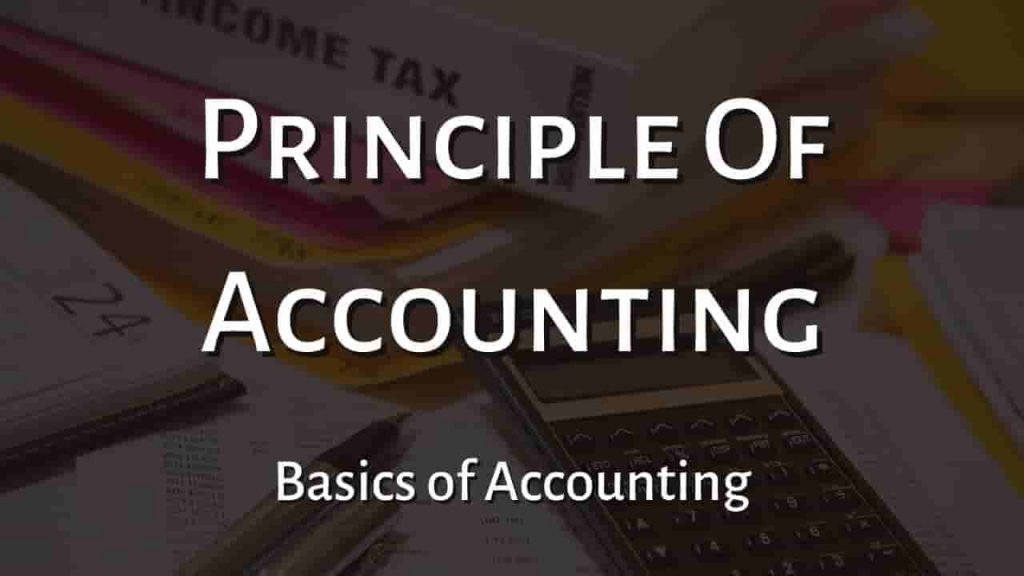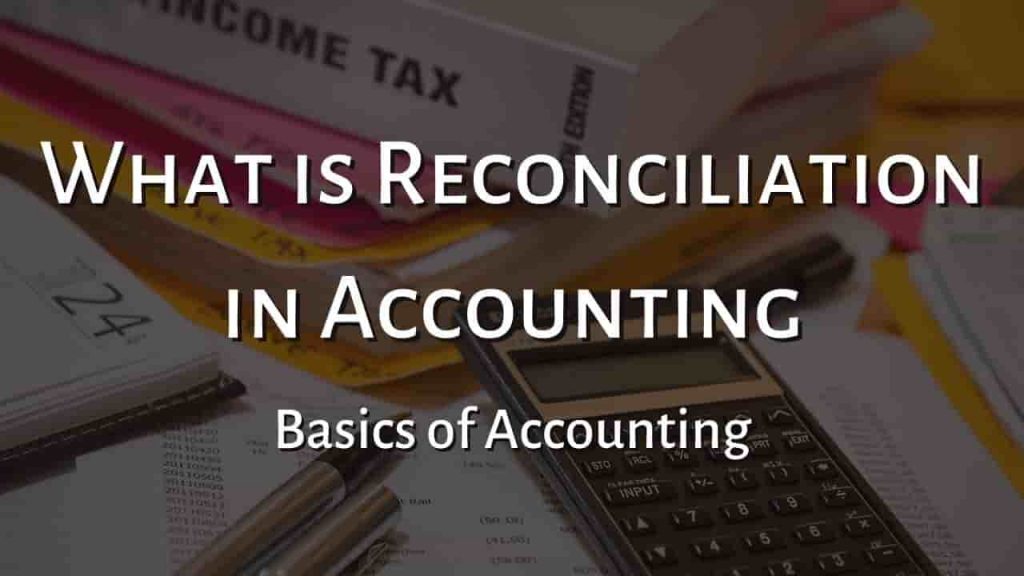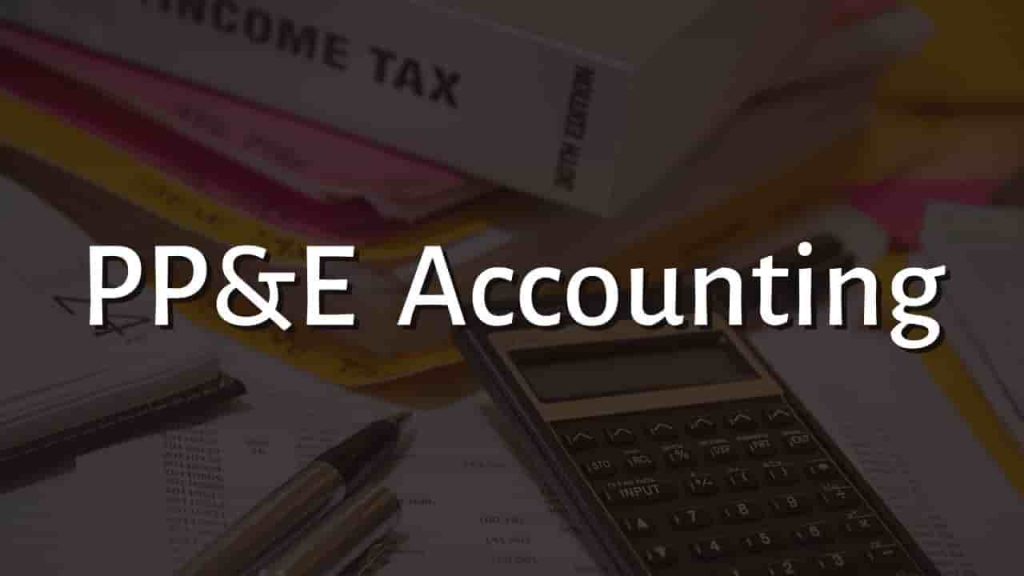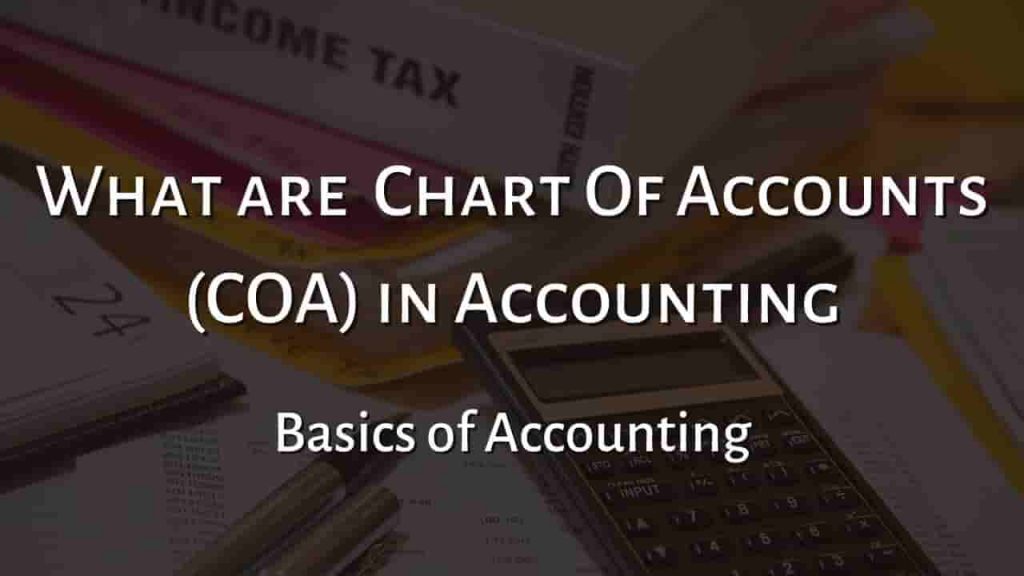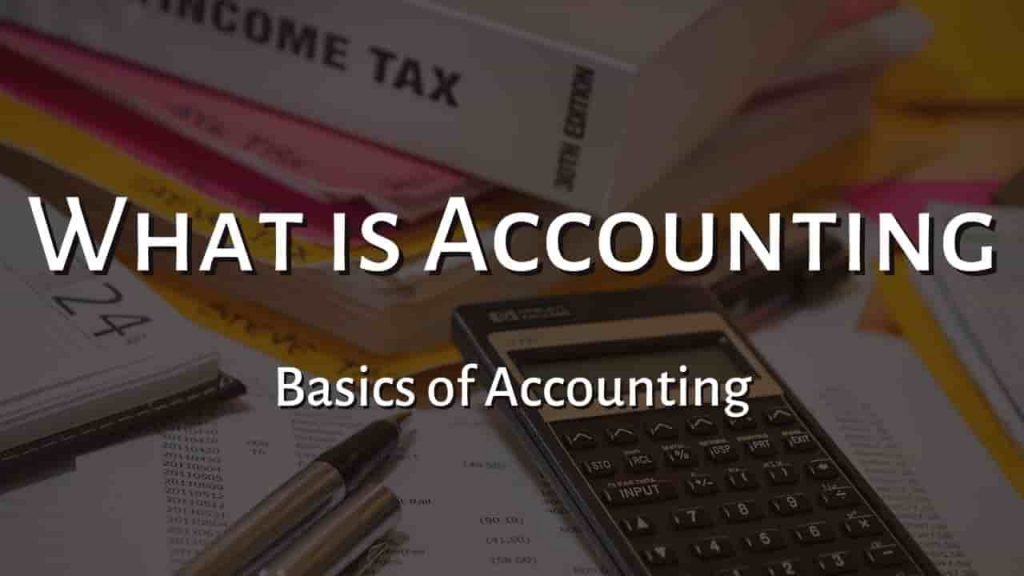Free Cash Flow
The cash that remains after a corporation pays to sustain its operations and makes any capital expenditures is referred to as free cash flow (FCF) (purchases of physical assets such as property and equipment). Net income is linked to, but not the same as, free cash flow.
Net income is typically used to assess a company’s profitability, but free cash flow gives a more in-depth understanding of both a company’s business strategy and its financial health.
How Does Free Cash Flow Works
Positive free cash flow is a sign of a healthy firm. Companies with a good free cash flow have enough funds on hand to cover their monthly expenses and then some. A firm that has growing or continuously high free cash flow is doing well in general and may wish to consider expanding.
If a company’s free cash flow is declining or persistently low, it may need to reorganize since there is little money left over after paying the bills.
Investors frequently seek firms with fast-expanding free cash flow because such companies have strong potential. If investors discover a firm with expanding cash flow and a cheap share price, it is a smart investment and maybe even a target for purchase.
Free Cash Flow Formula
The general Free Cash Flow FCF Formula equals Cash from Operations subtracts Capital Expenditures. FCF is the amount of cash created by a firm after accounting for the company’s reinvestment in non-current capital assets. This statistic is also known as Free Cash Flow to Equity or Free Cash Flow to the Firm.
Free Cash Flow = FCF = Cash from Operations – Capital Expenditure
How to Calculate Free Cash Flow
There are various methods for calculating free cash flow, but they all should provide the same care conclusion. Because not all firms provide the same financial information, investors and analysts adopt the technique of estimating free cash flow that best matches the data they have.
To calculate free cash flow, subtract a company’s capital expenditures from its operational cash flow.
If you’re looking at a corporation that doesn’t disclose its capital expenditures and operating cash flow, there are comparable formulae that may be used to calculate the same information, such as:
Free cash flow = FCF = sales revenue – (operating costs + taxes) – required operating capital investments
Or
Free cash flow = FCF net operating profit after taxes – net investment in operating capital
Free Cash Flow Example
Let’s look at a free cash flow scenario utilizing the formula above. On its annual cash flow statement for 2020, Company ABC reports $700,000 in operating cash flow. Company ABC spent $300,000 on warehousing equipment last year.
You may use the following formula to determine Company A’s free cash flow:
Free Cash Flow = Cash from Operations – Capital Expenditure
Free Cash Flow = 700,000 – 300,000
Free Cash Flow = $400,000
As a result, Company ABC has a free cash flow of $400,000.
Free Cash Flow to Equity
After operational expenditures, reinvestments, and financing-related outflows have been deducted, free cash flow to equity (FCFE) is the amount of cash available to equity investors.
Because FCFE represents the cash left over after meeting all financial obligations and re-investment needs to keep the business running, such as capital expenditures (CapEx) and net working capital, it is frequently used as a proxy for the amount that a company can return to its shareholders through dividends or share repurchases.
Levered Free Cash Flow
The amount of cash a company has after it has satisfied its financial obligations is referred to as leveraged cash flow. Levered free cash flow is regarded as the more essential metric for investors to evaluate since it is a better measure of a company’s true level of profitability.
A brief period of negative levered free cash flow is both survivable and acceptable as long as the firm is able to secure the required capital to continue until its cash flow recovers owing to higher revenues.
Unlevered Free Cash Flow
Unlevered free cash flow is the amount of money a company has before it needs to meet its financial commitments. Unlevered free cash flow is a company’s gross free cash flow. Leverage is another word for debt, and if cash flows are levered, they are net of interest payments.
Unlevered free cash flow is the cash flow available to pay all stakeholders in a company, including debt and stock investors.
Benefits of Free Cash Flow
Here are some benefits of free cash flow:
Free cash flow is critical because it enables a firm to seek possibilities that increase shareholder value. It is difficult to produce new goods, make acquisitions, pay dividends, and decrease debt without cash.
Some investors prefer to analyze a company’s financial performance using free cash flow rather than net income since free cash flow is more difficult to manipulate than net income.
It is crucial to highlight that, on the surface, negative free cash flow is not a terrible thing. If a company’s free cash flow is negative, it may suggest that it is investing heavily. If the returns on these assets are high, the technique may payout in the long term.
Limitation of Free Cash Flow
Capital expenditures on assets that will last decades are, by nature, rare, but costly when they do occur. As a result, ‘free cash flow’ will vary greatly from year to year.
Investors should maintain a close check on firms with significant levels of FCF to determine if they are under-reporting capital expenditure and R&D.
Companies might also temporarily improve FCF by depleting stocks, delaying payments, and tightening payment collection practices. As a result, search for organizations that generate FCF on a consistent basis.
Free Cash Flow Yield
The free cash flow yield provides another approach for investors to evaluate a company’s worth. The most frequent method for calculating free cash flow yield is to divide by market capitalization. Market capitalization is publicly available and simple to calculate.
Free Cash Flow Yield = Free Cash Flow / Market Capitalization
Another method for calculating free cash flow yield is to divide by enterprise value. Many people believe that enterprise value is a more true estimate of a company’s worth since it includes debt, the value of preferred shares, and minority stake, but excludes cash and cash equivalents.
Free Cash Flow Yield = Free Cash Flow / Enterprise Value
Both strategies are useful to investors. The use of market capitalization is analogous to the P/E ratio. Enterprise value allows you to compare organizations from different industries and with different capital structures.
For more click here and if you are looking for full forms of different acronyms and words then check out this list you really gonna find this helpful. We also have an Essay on every topic, Check the complete list here. If you are Studying in Matric Free Video Lectures of Maths, Physics and English are here, and we have got you covered for I.COM Business Maths also.


